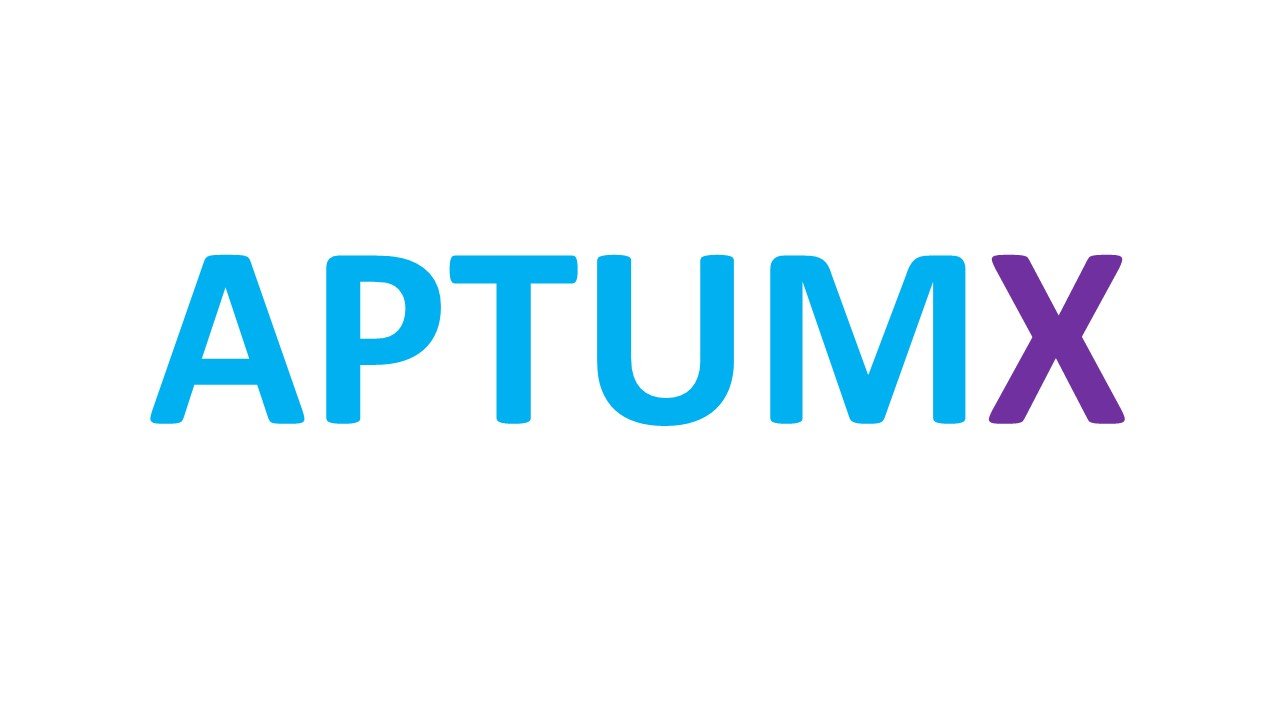The AptumX Digital Twin
The fundamental benefit of the AptumX Business Digital Twin is that it is a systemic platform for managing, innovating, changing and optimising performance, in the business’s own terms and free of the technology constraints that have bedevilled organisations for decades.
As a self-validating model configured in the language of the people who use the system, it is easy to use and to change. It is a means to achieve continuous improvement, people engagement in change, error reduction, improved customer outcomes and experience and enhanced process productivity and staff performance.
We see Digital Twin as the next progression in Enterprise Software because it brings together all the elements of business into a single source - a model of all the artifacts currently used to create a computer system.
The main thing to remember about a Digital Twin model is – it's an exact copy of real-world business ...What you see is what you do.
The Digital Twin offers two major benefits.
First, it’s a platform on which to automate the flow of work and provide real-time interaction with business systems:
It connects all the people (and robots) involved in supporting a Customer Journey …and enables customers to interact in the process. It also integrates other applications into a system, such as popping up a CRM form.
Secondly, it controls the flow of work, directing who does what, monitoring progress and reallocating or rerouting work, and alerting management if required. It often removes the need for humans to make decisions that are better suited to machines. It presents the human operator with the information they need, the questions they should ask and the work they need to do.
Finally, and perhaps the biggest impact, is the improvement it has on quality, by designing errors out of the system.
The second major benefit is removing the damper that software development has on making change, whether it’s responding to regulation or competition, making improvements, or innovation.
Code-based systems, whether low code or agile, include coding, testing and debugging, which add up to a major overhead, making simple ‘one line’ changes uneconomic. Plus, if there is a show-stopping flaw post go-live the software must be withdrawn and corrected.
Digital Twin systems on the other hand, eliminate this overhead. When you define a system, you are actually populating the model with predefined business components. Because these are interrelated the model can validate what you do, ensuring that it’s always executable and removing the need for the overhead of system testing.
With a Digital Twin, we always aim to create an executable system as early as possible. Even though this will have errors and omissions, it engages users in the creation process at an early stage through what we call a “digital scrum”, after which they continue to identify not only what’s missing but what could be improved, until the users say it is ready to go live. By this time the users are thoroughly familiar with the system. They don’t need training and they can effectively train staff who were not involved in the scrum.
If flaws appear post go-live they can be fixed on the spot, without having to pull the system – and innovations can be included at any time. There’s no overhead and no delay, so no change is too small.

